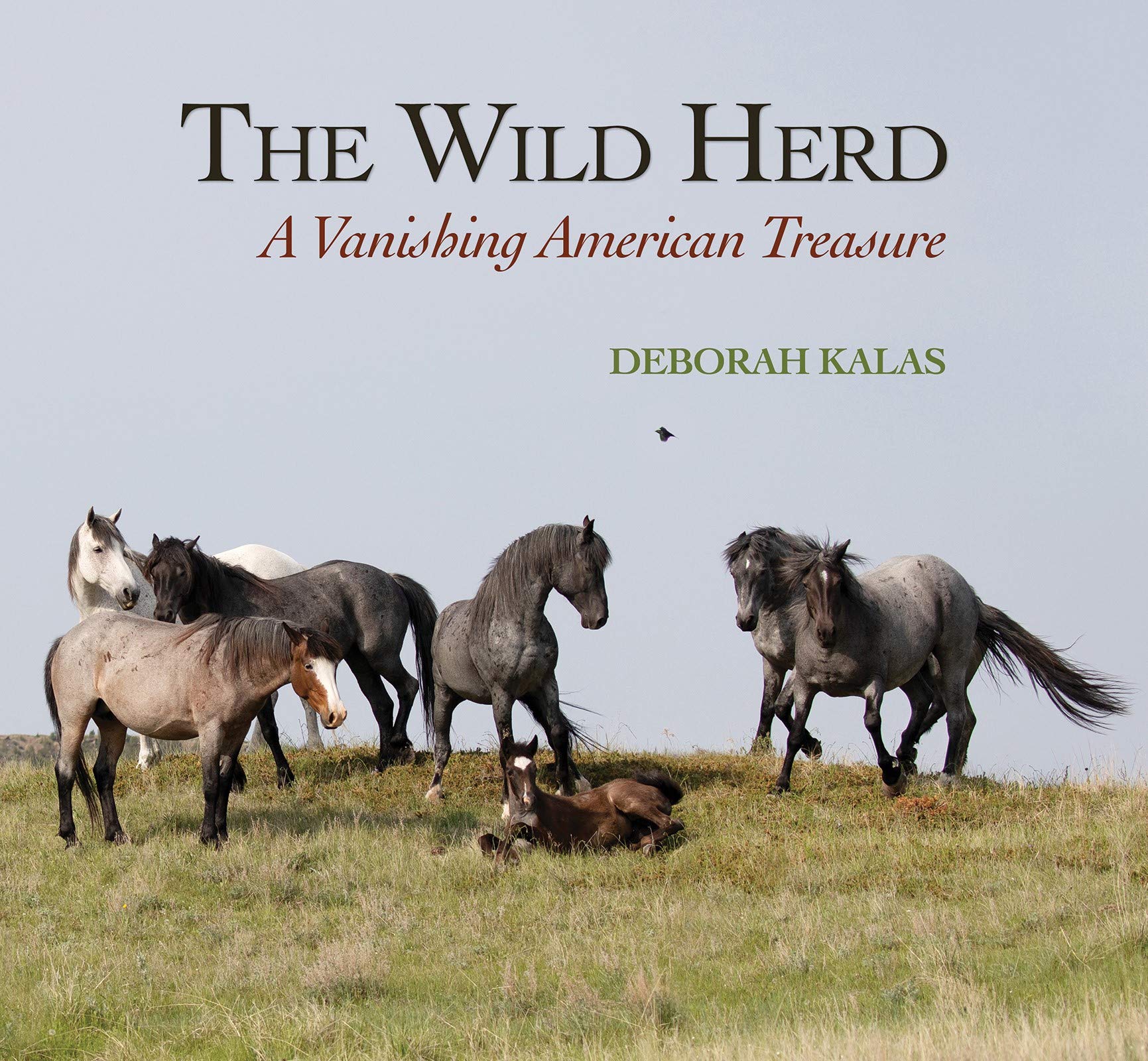‘Wild Herd: A Vanishing American Treasure’
Deborah Kalas’s Stunning Photos Capture Lives of Horses in Theodore Roosevelt National Park

“I hope with my book that I can raise awareness and also bring joy to people who just love horses,” said photographer Deborah Kalas about her new tome, Wild Herd: A Vanishing American Treasure. The 160-page coffee table book does exactly that — it’s filled with stunning, intimate pictures of the horses living through the seasons in North Dakota’s Theodore Roosevelt National Park (TRNP).
Six years ago, Kalas, who had a successful career taking high-end family portraits in the Hamptons, began a project close to her heart — capturing on film the 138 horses that roam TRNP’s 45,000 acres. “It was probably five years of photographing before I decided that I thought I had enough to make a book,” she said. “Initially I probably edited 12,000 photos down to a couple hundred and then narrowed it down from that.” Just over two years ago, Kalas moved to Santa Barbara, where I recently caught up with her over the phone to talk about her book, which Kirkus named one of the top 100 books of 2019.
How did you know where to find the wild horse herds? In 2014, I took a workshop with a photographer, and he introduced me to the park, and there’s what they call a loop road. So you can drive around the road, and at certain times of the year, the bands may be close to the road, and they’re easy to find. Other times of the year, you may have to hike into the park. There are trails that you can take: You’re following either a park trail or horse trail. Probably some of my most favorite images were made by hiking into the interior of the park.
Are your photos of one herd or several? Well, there are a herd of horses in Theodore Roosevelt National Park.… Within the herd, there are bands. A band is comprised of generally one head stallion, mares and foals, and the younger stallions, until they reach an age when they have to leave the band — the father kind of drives them away.… Now the stallion is not necessarily the one that leads the band. It’s a lead mare that basically is the one that says, All right, we’re moving. And the stallion is the one at the end kind of making sure that everybody keeps moving.
Many of your photos capture the tenderness between the horses, which is so sweet. In many ways, the behaviors that you see mimic our own family. You’ll have a grandmother that helps her daughter with a new baby. You’ll have a yearling or a two year old that’s going to play or discipline a foal. You have certain mares within a band that you’ll always find together. There’s one mother and daughter that I have photographed since the daughter was just a young foal. And every time I see them, they are always touching. Now the foal is 5 or 6 years old, and they’re still together.
What is your goal with this book? I’m hoping to raise awareness of the plight of the wild horse in this country. There is legislation called the Path Forward that calls for removing 150,000 wild horses [from public land] in the next five years. There are not 150,000 horses out there. So basically it means they’re going to remove all the wild horses from all of the Bureau of land management land.… I do agree there needs to be some use of birth control and there needs to be some herd management, but I don’t agree with taking every wild horse [out] of the wild.
4•1•1 | Deborah Kalas will be signing books Sunday, March 15, 3-4:30 p.m., at the Wildling Museum (1511-B Mission Dr, Solvang; wildlingmuseum.org), and Tuesday, March 17, 7:30 p.m., at S.B. Museum of Natural History’s Farrand Auditorium (2559 Puesta del Sol). See deborahkalas.com.



